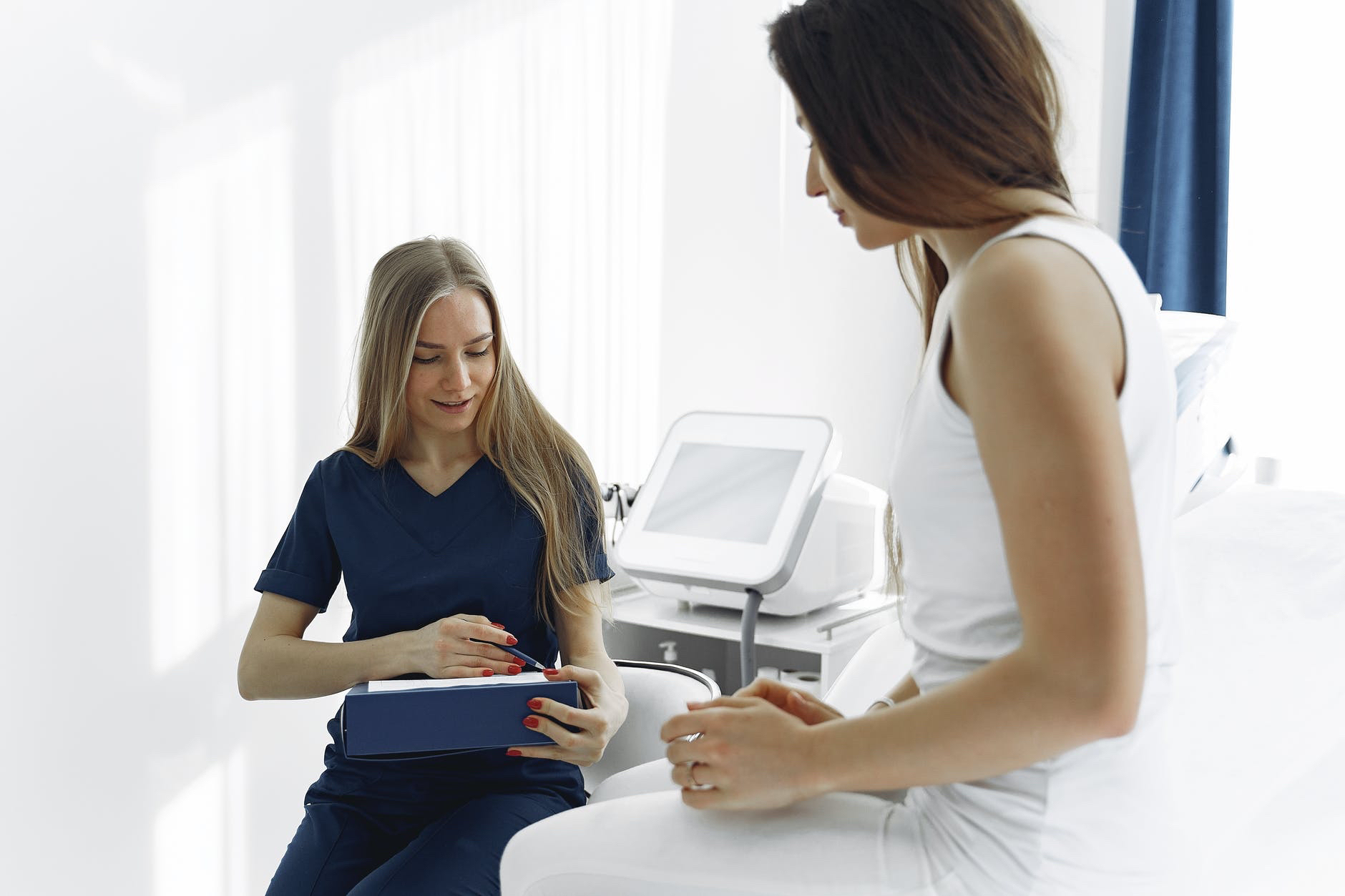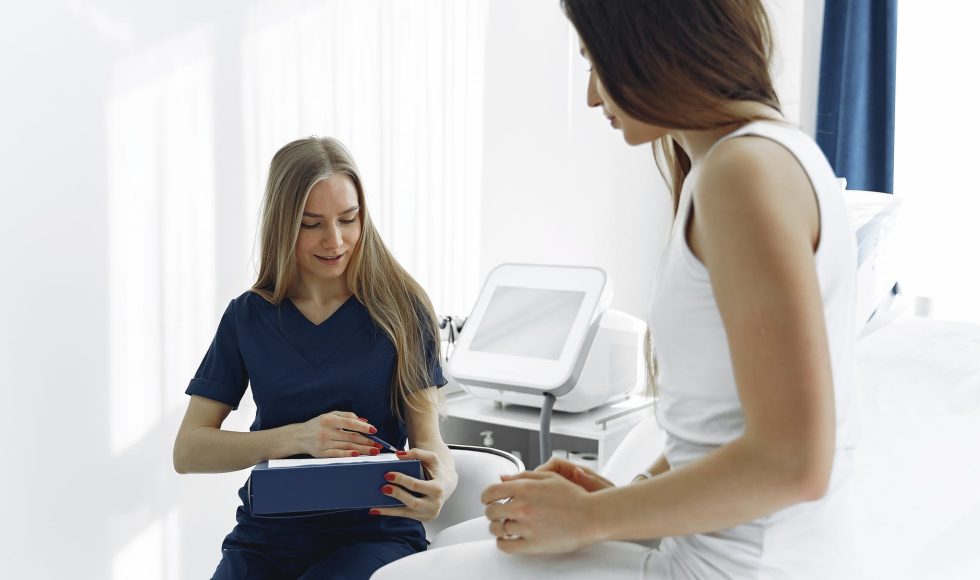This is the second 2020 Lilly Conference I watch that highlights the benefits and opportunities of interprofessional education. An interdisciplinary team from Grand Valley State University composed of Paul Christensen, Sherri Fannon, Allison Metz, Molly Paulson, and Martina Reinhold from medical, nursing, science, and theatre backgrounds described a new collaborative effort to train health care professionals from nursing and physician assistant programs as well as theatre students. Delivering bad news to patients is challenging for healthcare providers, and training opportunities are necessary but difficult to provide. Building on the experience gained by surveying students participating in a VitalTalk demonstration survey with actors, the group decided to design a program that would use simulation with trained actors. The VitalTalk program aims to provide strategies for delivering serious news through simulations with actors. Participants and observers learn how to approach the communication of serious news. The group decided to collaborate with the theatre program and help train student actors to become professional standardized patients. In turn, the theatre students, after completing a new course about long form improvisation and including health science speakers, become certified and get paid to do simulations with nursing and PA students. The faculty have planned a research study with student surveys throughout a 28-month training experience for a cohort. Thus is another example of productive interprofessional education benefiting all participants and resulting in new research and professional development opportunities for faculty. I wonder if we could use the BIT 295 course or another opportunity for an interprofessional educational collaboration?



